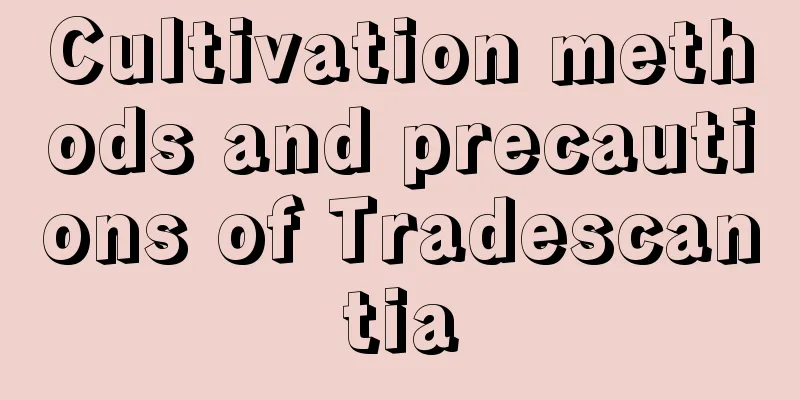What should I do if the white palm suddenly wilts?

1. ReasonsImproper lightingWhite calla lilies need appropriate light when caring for them. Most anthuriums are grown indoors, where the light is not strong. If they are suddenly exposed to the sun under high pressure, the sudden change in environment will cause the anthuriums to become unable to adapt, which will be manifested by wilting and yellowing of the leaves. Insufficient humidityWhen white calla lilies are growing, they need a higher air humidity. If the air is too dry, the leaves of white calla lilies will wilt and become lifeless. Improper fertilizationImproper fertilization of anthurium mainly means that the fertilizer is too concentrated when applying it, which will cause fertilizer damage, causing the anthurium to grow poorly and the leaves to wilt. Unsuitable temperatureThe unsuitable temperature mainly refers to the high temperature in summer above 35℃ and the low temperature in winter below 5℃, when the leaves of white anthurium are prone to wilting. Pests and diseasesPests and diseases can also cause the leaves of white calla lilies to wilt. For example, when mites occur, the leaves of white calla lilies will wilt, lose their luster, and become dry and yellow. 2. What to doSuitable lightingGenerally, when growing white calla lilies, the light must be good. Be careful not to keep it too hidden for a long time. In winter, spring and autumn, maintain appropriate light, and provide appropriate shade in summer. Be careful not to suddenly change the lighting conditions of the white calla lily, causing it to wilt. Higher humidityWhen growing anthuriums, the humidity of the environment must be slightly higher. You can spray or sprinkle water to increase the air humidity, or cover the plants with plastic bags. However, when using this method, you must pay attention to frequently ventilating the anthurium to prevent the temperature inside the bag from being too high. Reasonable fertilizationWhen fertilizing white calla lilies, apply fertilizer thinly and frequently. Do not use concentrated fertilizer or uncomposted fertilizer. After fertilizing, it is best to water the plant once to reduce the occurrence of fertilizer damage. Suitable temperatureThe temperature needs to be kept within a warm range. Pay attention to the high temperatures in summer and the low temperatures in winter, and take measures to cool down and keep warm. Pest and disease controlThe main pests that need to be prevented and controlled are insect pests, such as mites, which can be killed by spraying special insecticides. |
<<: Why are the leaves of poinsettia not red?
>>: What to do if the peace tree loses its leaves
Recommend
What is the reason for the dry tips of osmanthus leaves
Watering Problems The soil for osmanthus should h...
How to grow Chlorophytum comosum to make it more vigorous?
Chlorophytum comosum is a plant that many people ...
Can I grow a Bodhi tree at home?
Can I grow a Bodhi tree at home? You can plant a ...
How to plant Chinese tallow tree seeds
Seed treatment The surface of the seeds is covere...
Changing the soil of the peace tree, the time and method of changing the soil, and the precautions for maintenance after changing the soil
Time to change the soil for peace trees It is sui...
To grow gardenias in winter, use these “2 tricks” to prevent the leaves from turning yellow and drying up, and to ensure that flower buds will bloom next year!
There are quite a few plants and flowers that ent...
What is the suitable temperature for cucumber planting? Suitable growth temperature and planting season
Temperature requirements for cucumber cultivation...
Does Selaginella prefer shade or sun?
Does Selaginella prefer shade or sun? Selaginella...
What is lettuce? Is it a cold food?
1. What is the dish? Lettuce, also known as coles...
How to grow Euphorbia milii in winter?
Winter maintenance methods temperature Euphorbia ...
What are the plants of Dawanhua, Powanhua and Powanhua?
Introduction to Dawanhua Other names for Cupflowe...
How to propagate cyclamen
Select the parent Healthy plants should be select...
What vegetables are suitable to grow in spring?
What vegetables are suitable to grow in spring? A...
What to do if the lotus leaves rot
1. Treatment methods If you find that the leaves ...
Is there just a patch of soil on the surface of your pot? It's so beautiful with these plants!
moss Moss is a small green plant that prefers a c...









